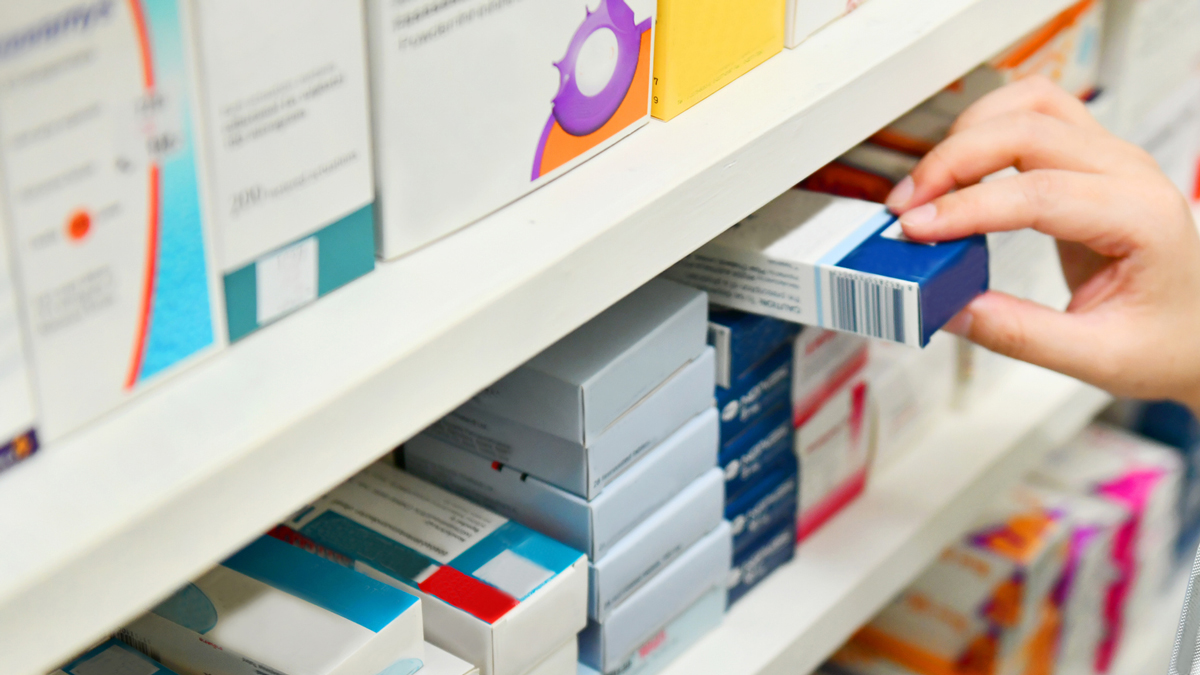Are we measuring what matters most on uptake to medicines in England?

In the second of a two-part series, Leela Barham argues that whilst international comparisons of uptake are useful, there could be more to gain from looking at more medicines and their uptake in England rather than looking at a small set of medicines and their uptake internationally. This could form a new commitment in the successor to the voluntary scheme learning from experience from measuring uptake on five highest health gain categories of medicines.
VPAS
VPAS is a voluntary agreement between the UK government and the Association of the British Pharmaceutical Industry (ABPI). The deal saw member companies of the VPAS agreeing to make payments to the Department of Health and Social Care (DHSC) and in return the agreement includes commitments on access.
So far, members of VPAS have paid back £1,698million up to quarter two of 2021 according to data from DHSC.
Set a clear target from the outset
The 2019 VPAS included a target to achieve the upper quartile of uptake, in relation to comparator countries, for the five highest health gain (HHG) categories during the course of the first half of the scheme. That timetable translated to June 2021.
The difficulty with the target set at the time that the VPAS was published was the lack of detail. For example, it was not defined upfront what the five HHG categories would be and how they would be chosen. Nor were the countries to compare against defined either.
With the publication of the LOGEX and IVM report it is now clear what those five HHGs are at a more granular level than before. They include:
- Cystic fibrosis (CFTR modulators, ivacaftor, lumacaftor/ ivacaftor and tezacaftor/ ivacaftor)
- Severe asthma (biologics)
- Smoking cessation with varenicline
- Atrial fibrillation and thromboembolism (anticoagulants)
- Hepatitis C (antiretrovirals)
The LOGEX and IVM report says that NHS England and Improvement (NHSE&I) – who took part in the VPAS negotiations - chose them, but there is little light shed on how and why they were chosen. It also begs the question, given the obvious relevance of uptake to patients, clinicians and others who are not party to the VPAS, whether it should have been left to NHSE&I. Next time around the commitment should be clear and unambiguous and be informed by other stakeholders too.
Consistently focus on innovative medicines
Fair to say that the five HHGs and the individual medicines looked at don’t all seem to represent where many see innovation in medicines, with treatments like varenicline being introduced in England in 2006. Plus it just so happens that there is a supply shortage of varenicline in England, highlighting that it matters when you measure uptake and that use can be affected by a variety of factors, some more or less able to be influenced by the ‘system’.
When it comes to diseases that have the biggest burden, the choice of the five HHGs don’t neatly map to measures of disease burden that are often used such as mortality and disability. The IHME in their global burden of disease statistics set out the top ten causes of death and disability for England, with their most recent statistics being from 2019. These are useful because the same measures are available for other countries, which can help when you are comparing across countries. Whilst there isn’t a clear match to the top five, there is some overlap. For example, lung cancer was the fifth highest cause of death in England in 2019 and tobacco was the number one risk factor to drive the most death and disability combined in England in the same year.
Perhaps no coincidence is that there is a clear overlap with medicines grouping in the Innovation Scorecard since it’s tempting to start by looking at what you know you can measure.
It’s also not clear from the report who decided the country comparators - Belgium, Denmark, Finland, France, Germany, Italy, the Netherlands, Norway, Spain and Sweden - but it does cover many of the usual suspects for comparator countries.
Any new commitments on measuring uptake should be aligned with the broader agenda, such as that set out in the Life Sciences Vision and focus on innovation by measuring uptake of medicines seen as innovative. Innovation is often hard to agree on beyond the general principle, however there are treatments that have been classed as innovative, for example, products previously given a Promising Innovative Medicine (PIM) designation and positive Early Access to Medicines Scheme (EAMS) Scientific Opinion. In the future, products that go through the Innovative Licensing and Access Pathway (ILAP) could be looked at too.
Broaden the scope of work to more medicines
To state the obvious, the LOGEX and IVM analysis is only focused on the five areas of HHG. It’s fair to say that patients, clinicians as well as industry, probably didn’t think that VPAS and its focus on access was to improve uptake just related to those five areas.
If we want to know how well England is doing on uptake and assess the performance of a deal that covers all branded medicines, more medicines should be looked at. Time and budget will affect just how many.
Go further and deliver on investigating the reasons for uptake being high or low
The full commitment in VPAS was “for DHSC, NHSE&I and ABPI to better understand both national and international variation around uptake and where this variation is unwarranted.”
That’s not in the LOGEX and IVM report, although there are lots of useful facts about, for example, when treatments were approved for reimbursement in other countries. A deeper dive providing an opportunity to learn lessons is the next obvious step, rarely are the numbers enough to shape policy and identify changes that are needed.
When it comes to home grown variation there was a commitment for “the development of measurement tools, including the Innovation Scorecard, to provide a more comprehensive approach to tracking uptake and, where possible, measuring the impact on incremental health outcomes in a meaningful way relative to comparable alternatives. This will help to identify variation in prescribing and further investigation into warranted and unwarranted variation” in VPAS. Has that happened? Hard to tell based on what’s in the public domain.
An opportunity to change the focus to uptake of NICE approved medicines in England?
There is an opportunity to learn from the LOGEX and IVM report, particularly through the understanding of the precision and usefulness of the metric used. Their work suggests that the ‘best’ metric is number of users of the medicine (numerator) and the number of eligible patients (denominator), using the right dosage.
The LOGEX and IVM report also highlights just how hard it is to look at this internationally. So should we focus first on doing this at home? It would also be far more straight forward to focus on NICE approved medicines because these have already been shown to be clinically cost-effective for England, and removes questions about just what highest health gain really means. Many NICE approved medicines will also have the potential to bring substantial health gain (think gene therapies as just one example).
The latest Innovation Scorecard compares expected usage of 15 NICE recommended medicines to the actual volume of medicines used in the NHS. There are some big challenges in doing this and determining whether there is under and over reporting is hard to do with confidence (and NHS Digital highlight a host of these challenges in their report). The biggest challenges that seem to be at play for the numerator in measuring uptake are variable dosing, variable durations of treatment and multiple indications and on the denominator, challenges in getting reliable estimates from the eligible patient population. Maybe now is the time to re-look at this and explore what more is possible in a successor to the 2019 VPAS.
About the author
 Leela Barham is a researcher and writer who has worked with all stakeholders across the health care system, both in the UK and internationally, on the economics of the pharmaceutical industry. Leela worked as an advisor to the Department of Health and Social Care on the 2019 Voluntary Scheme for Branded Medicines Pricing and Access (VPAS).
Leela Barham is a researcher and writer who has worked with all stakeholders across the health care system, both in the UK and internationally, on the economics of the pharmaceutical industry. Leela worked as an advisor to the Department of Health and Social Care on the 2019 Voluntary Scheme for Branded Medicines Pricing and Access (VPAS).












